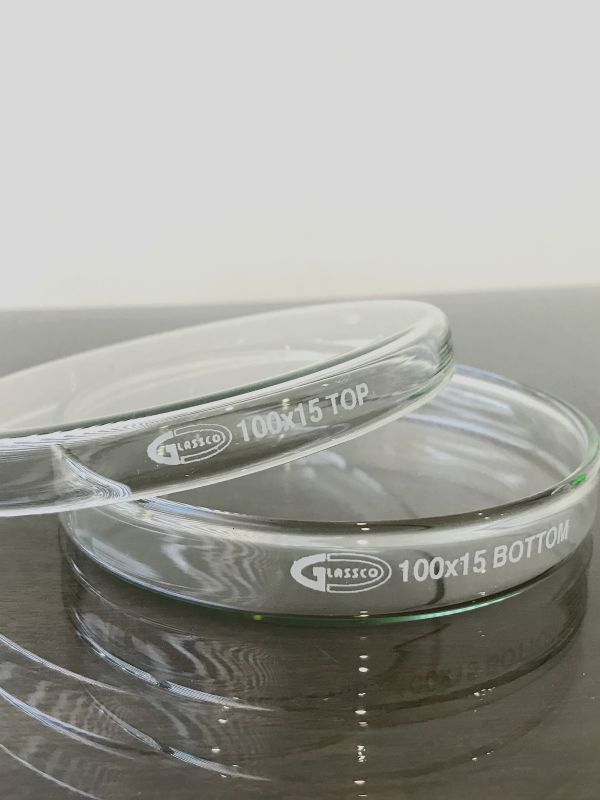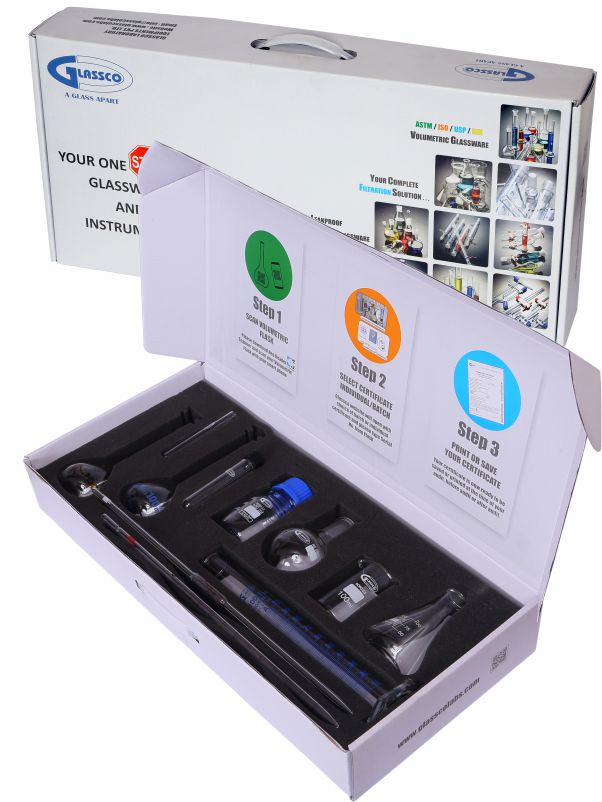SG Line Petri Dishes
Introduction
A Petri Dish, also known as the Cell Culture Dish, is a shallow cylindrical-shaped round glass used to create a colony of microorganisms and cells. Julius Petri invented the first Petri Dish in 1887 when he realized the need to keep specimens of growing bacteria sterilized.
The Petri Dishes are manufactured in Borosilicate Glass, SG Line, and Disposable Plasticware.
SG Line Petri Dishes
The SG Line Petri Dishes are entirely flat from the inside and have a soda covering on the inner lining. They are bubble-free and have high clarity. The lime obtained from limestone is added to these plates to ensure better chemical durability.
These Petri Dishes are highly inert in behavior. They can be sterilized and remain clear even after repeated use and wash. The Soda-Lime Petri Dishes can be recycled and reused by melting them.
- Highly Durable
- Reasonably Hard
- Relatively Inexpensive
- Chemically Stable
- High Transparency
- Ideal for Routine Work
- Contamination Free
- Microbiology Laboratories
- Botany and Agriculture
- Entomology
- Chemistry Labs
- Crystallizing
- Cell Culture
- Evaporating
- Drying
- Sample Storage and Display
- Assay
- Contamination Detection and Mapping
Why buy Glassco’s SG Line Petri Dishes?
- They come with a transparent air-tight lid that protects the cultures from contamination.
- They have an excellent flatness that ensures the accuracy of biological assays.
- It is heat as well as chemical resistant to protect the cultures inside.
- It has fire-polished rims for easy and safe handling.
- These Petri Dishes are bubble-free.
- Observations are meticulous because of the clear glass of the petri dish.



















